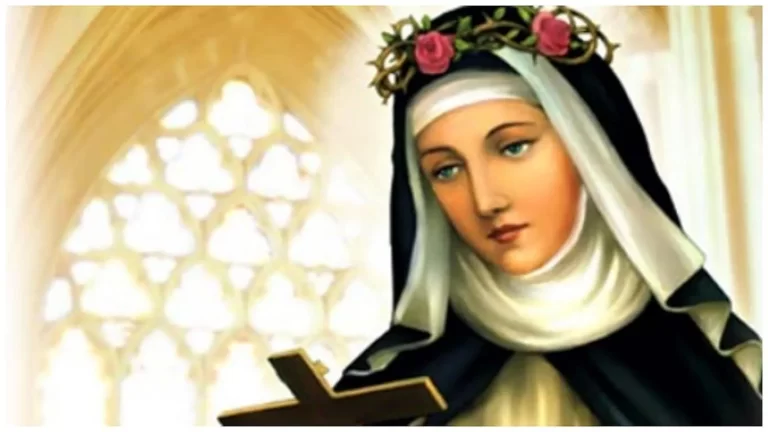What String Instruments Are In An Orchestra?
In the world of classical music, the orchestra stands as a testament to the harmonious collaboration of various instruments. Among these, string instruments hold a special place, contributing to the orchestra’s soul-stirring melodies. Let’s delve into the intricate world of string instruments, exploring their types, construction, historical evolution, and their crucial role in orchestral music.
The Violin Family
The heart of the string section lies in the violin family, comprising the violin, viola, cello, and double bass. Each instrument brings its unique voice to the ensemble, creating a symphony of harmonies that resonate with the audience. The violin, with its high-pitched brilliance, contrasts the warm tones of the viola and the deep resonance of the cello and double bass.
String Instrument Construction
Craftsmanship plays a pivotal role in the creation of string instruments. Traditionally crafted from materials like spruce and maple, modern instruments may incorporate innovative materials while preserving the essence of traditional design. The intricate artistry involved in constructing these instruments contributes to their distinct and resonant sound.
Historical Evolution of String Instruments
Tracing the origins of string instruments takes us through a fascinating journey of evolution. From the early bowed instruments of the Middle Ages to the sophisticated designs of the Baroque and Classical eras, the development of string instruments mirrors the progression of musical styles and tastes.
Contribution to Orchestral Sound
String instruments serve as the backbone of an orchestra, shaping its overall sound. The collaboration between different sections, such as the first and second violins, violas, cellos, and double basses, creates a harmonious blend that defines the orchestra’s sonic character. The interplay of melodies, harmonies, and rhythms showcases the versatility of string instruments.
Famous String Instrument Composers
Throughout history, composers have harnessed the expressive potential of string instruments, contributing masterpieces to the classical repertoire. Pioneers like Antonio Vivaldi, Wolfgang Amadeus Mozart, and Ludwig van Beethoven have left an indelible mark, shaping the way string instruments are perceived and played.
String Instruments in Different Music Genres
While classical music is their traditional domain, string instruments have transcended genres. From the sweeping melodies of a classical symphony to the soulful strains of a jazz quartet or the energetic sounds of a rock band, these instruments showcase their adaptability and versatility across diverse musical landscapes.
Notable String Instrument Performers
Renowned musicians have elevated the status of string instruments, captivating audiences with their virtuosity. Names like Itzhak Perlman, Yo-Yo Ma, and Jacqueline du Pré are synonymous with excellence, inspiring aspiring musicians and fostering a broader appreciation for string music.
Challenges in Playing String Instruments
Mastering a string instrument comes with its challenges. From the precision required in bowing techniques to the intricacies of finger placement, musicians navigate a demanding learning curve. However, the rewards of dedication and practice manifest in the ability to convey emotion and nuance through their instruments.
Innovations in String Instrument Design
Advancements in technology have spurred innovations in string instrument design. From carbon fiber bows to alternative tonewoods, modern luthiers explore new possibilities while respecting the rich heritage of classical craftsmanship. These innovations aim to enhance playability, durability, and sound quality.
String Instruments and Cultural Significance
Beyond the concert hall, string instruments hold cultural significance in various societies. Whether in traditional ceremonies, religious rituals, or festive celebrations, the melodic resonance of string instruments often accompanies significant cultural events, adding a touch of musical richness to the tapestry of life.
String Instruments and Solo Performances
The allure of solo performances on string instruments captivates audiences worldwide. The soloist’s ability to command attention and convey a profound musical narrative through their instrument showcases the power and expressiveness of string music. Legendary soloists leave an enduring impact on the world of classical music.
Educational Programs for String Instruments
Nurturing young talent is crucial for the perpetuation of orchestral music. Educational programs focused on string instruments provide aspiring musicians with the necessary skills and knowledge. These initiatives contribute to the continued vibrancy of the orchestral tradition.
String Instruments in Film Scores
The enchanting sounds of string instruments find a prominent place in the world of cinema. From sweeping romantic themes to suspenseful moments, the emotive qualities of string music enhance the emotional impact of film scores. Iconic composers like Ennio Morricone and John Williams have skillfully utilized string arrangements to create unforgettable cinematic experiences.
Conclusion
In the grand symphony of orchestral music, string instruments emerge as indispensable contributors, weaving melodies that resonate through time and culture. From the elegance of the violin to the commanding presence of the double bass, each instrument plays a unique role in shaping the rich tapestry of orchestral sound. As we celebrate the diversity and beauty of string instruments, let’s continue to embrace the timeless magic they bring to the world of music.
FAQs
Are all string instruments made from traditional materials like spruce and maple?
While traditional materials are still widely used, modern innovations have introduced alternative materials to enhance instrument performance.
How long does it take to master a string instrument?
Mastery varies, but consistent practice and dedication are essential for proficiency. It’s a lifelong journey of continuous improvement.
Can string instruments be played in non-classical genres?
Absolutely! String instruments are versatile and find a place in various genres, including jazz, rock, and folk music.
What is the significance of the bow in playing string instruments?
The bow is a critical component, influencing tone, dynamics, and articulation. Mastery of bowing techniques is fundamental for string players.
Are there any upcoming innovations in string instrument design?
Ongoing research and development continue to bring new materials and designs, aiming to improve playability, durability, and sound quality.






